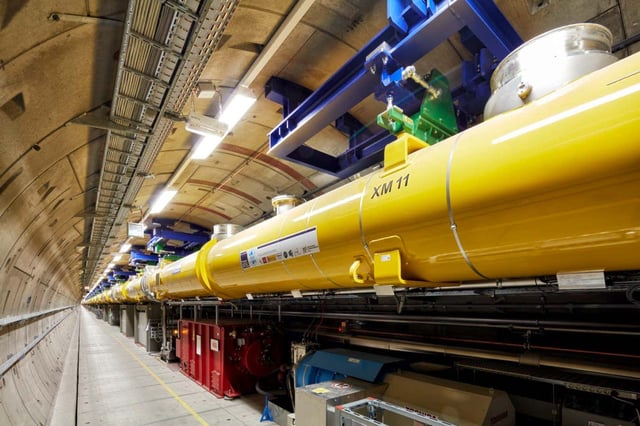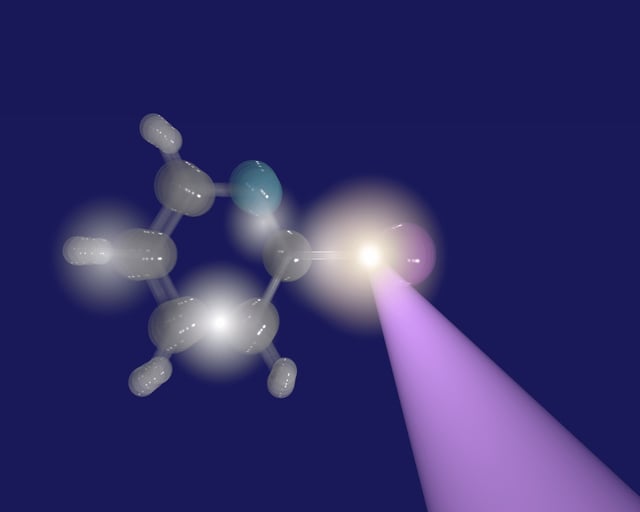Overview
- Researchers at Goethe University Frankfurt and European XFEL used Coulomb Explosion Imaging to trigger controlled molecular explosions with ultrashort, high-intensity X-ray pulses and capture correlated zero-point motion in 2-iodopyridine.
- A tailored COLTRIMS reaction microscope recorded fragment trajectories to reconstruct the eleven-atom molecule’s structure and uncover synchronized vibrational modes.
- Comparisons with computational models showed that classical physics could not reproduce the observed coupling among 27 vibrational modes, whereas quantum simulations matched the experimental data.
- Archived data from a 2019 measurement campaign were reanalyzed with new analysis methods, revealing quantum fluctuations previously deemed unmeasurable in complex molecules.
- The team is refining its imaging setup to extend the technique to electron dynamics and aims to produce ultrafast molecular movies of quantum processes.


